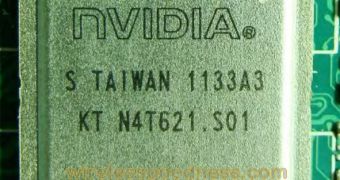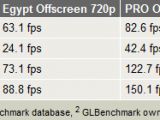The disappointing graphics performance showed by some recent benchmarks run on Tegra 3 powered tablets have raised quite a few questions about the power of the Nvidia built-in GPU used in this SoC, so the chip maker has recently released an official statement detailing these results.
The response came from Nvidia Poland and basically calls today's GPU benchmarks unfit for testing the performance of its graphics cores as they rely on low resolution and low complexity scenes for its results.
“When benchmarking, please be aware that popular mobile GPU benchmarks typically are not good examples of today's mobile gaming experiences.[...]
“The new gaming content to be available for Tegra 3 Enables more effects, true dynamic lighting for more realism, and high resolution environments.
“Games that are highlighted on TegraZone deliver outstanding gaming experiences on Tegra platforms, and the following titles are examples of games being developed specifically to take advantage of the Tegra 3's quad core CPU and 12 core GPU: Da Vinci, Shadow Gun, Chidori Engine, Sprinkle, Bladeslinger, Riptide GP, and Glowball - with many more to come.”
Some of the most interesting Kal-El graphics performance results made their appearance on the Web at the end of last week when Lenovo leaked the scores of its upcoming LePad K2 tablet powered by the Nvidia SoC.
The results were obtained by running the GL Benchmark graphics test suite, which was setup to work in the offscreen 720p mode making the scores comparable with some results posted for the iPad 2.
Despite the quad-core ARM chip and the improved built-in GPU used by Nvidia for the Tegra 3, this benchmark showed the LePad K2 still lagged considerably behind the iPad 2 in terms of graphics performance.

 14 DAY TRIAL //
14 DAY TRIAL // 
